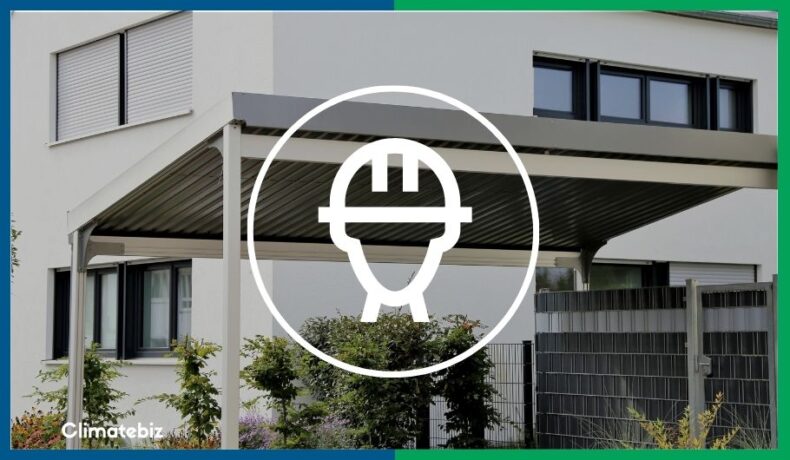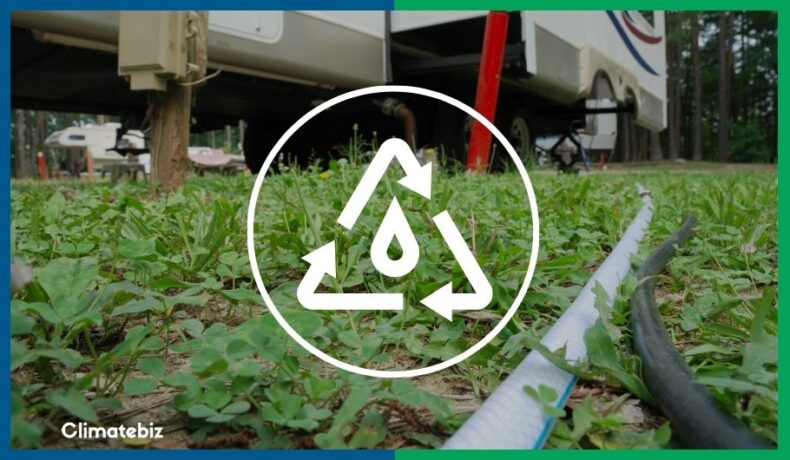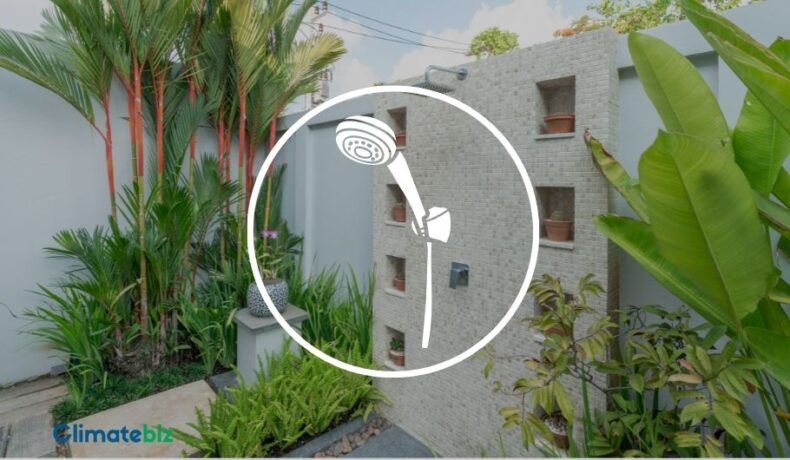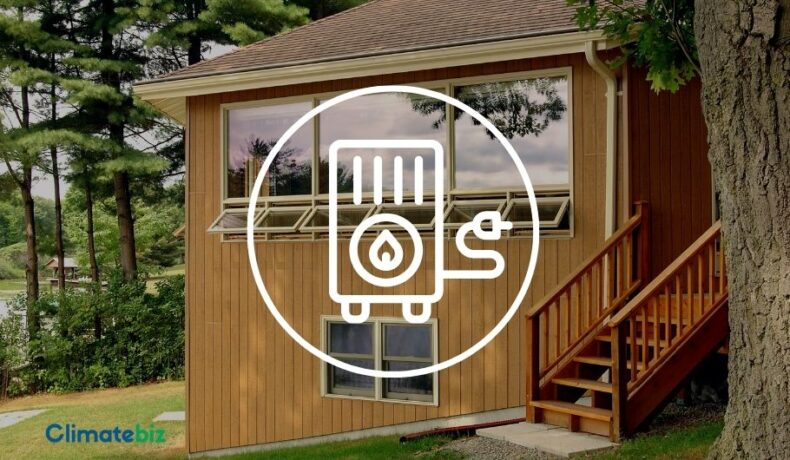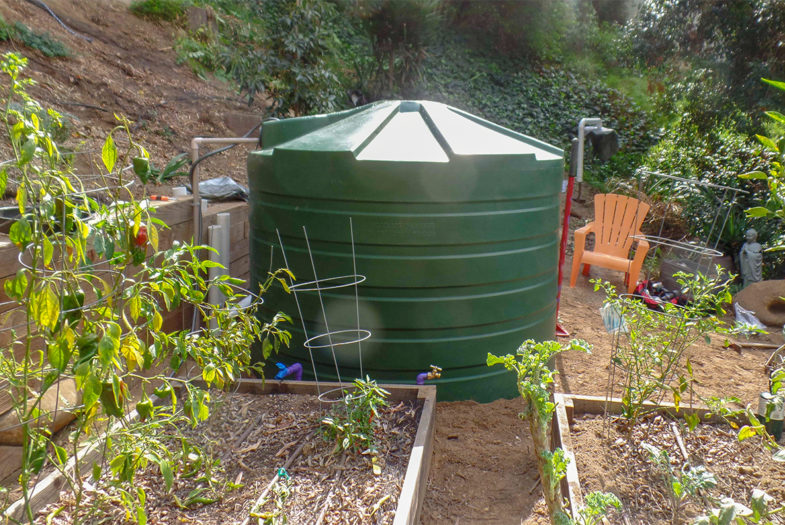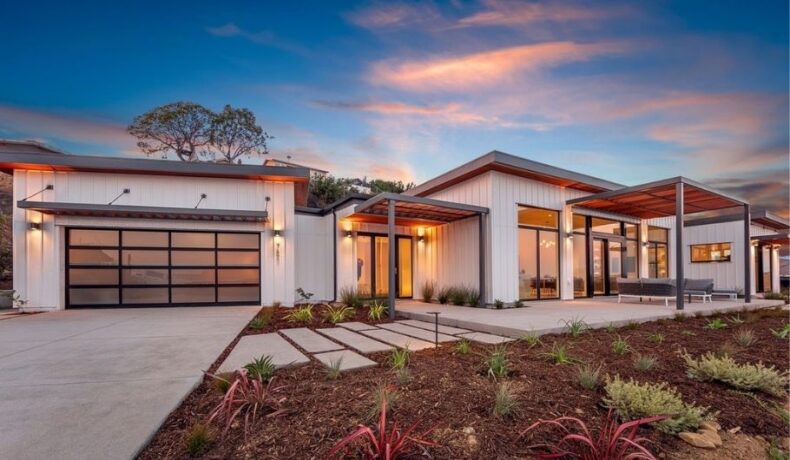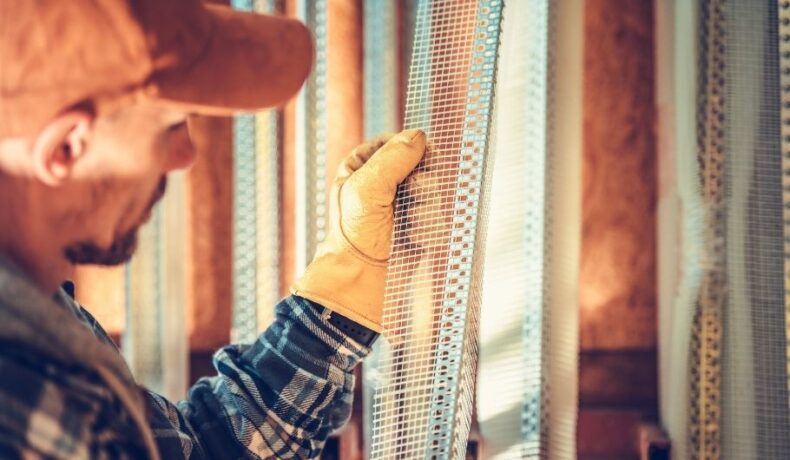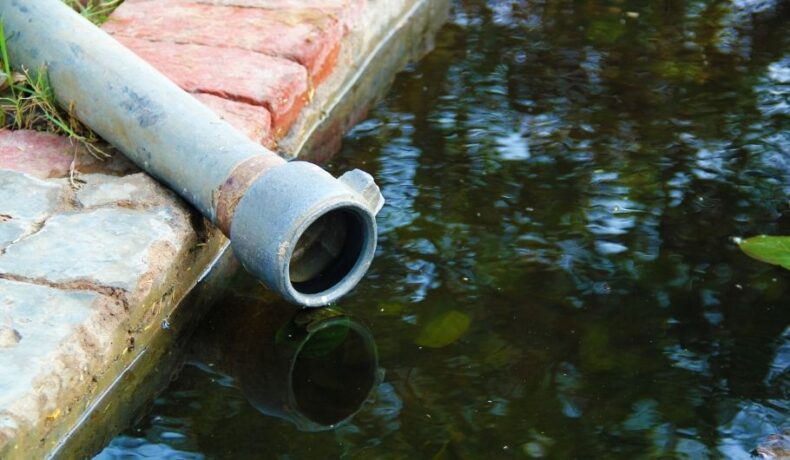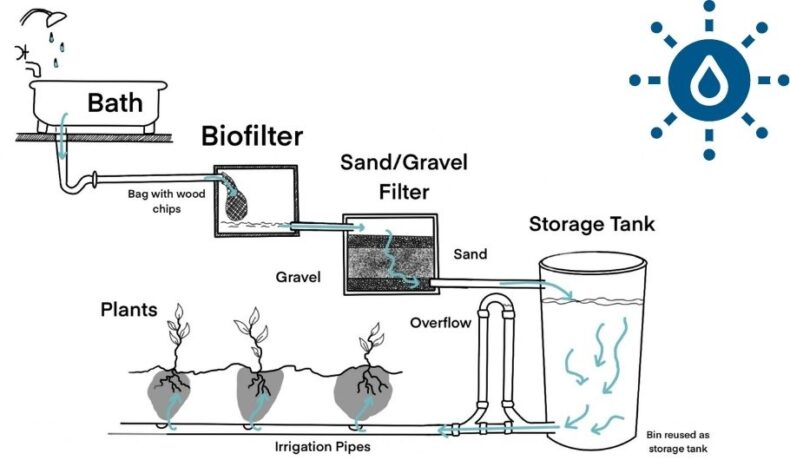Why Is Fracking Controversial?
“Why is fracking controversial? I mean, it helps us so much with sourcing natural gas and oil!” Sure, but the process of fracking is highly controversial at the moment due to the threat it poses to our environment. The process does have its advantages – it can provide us with gas security for over 100 … Read more



